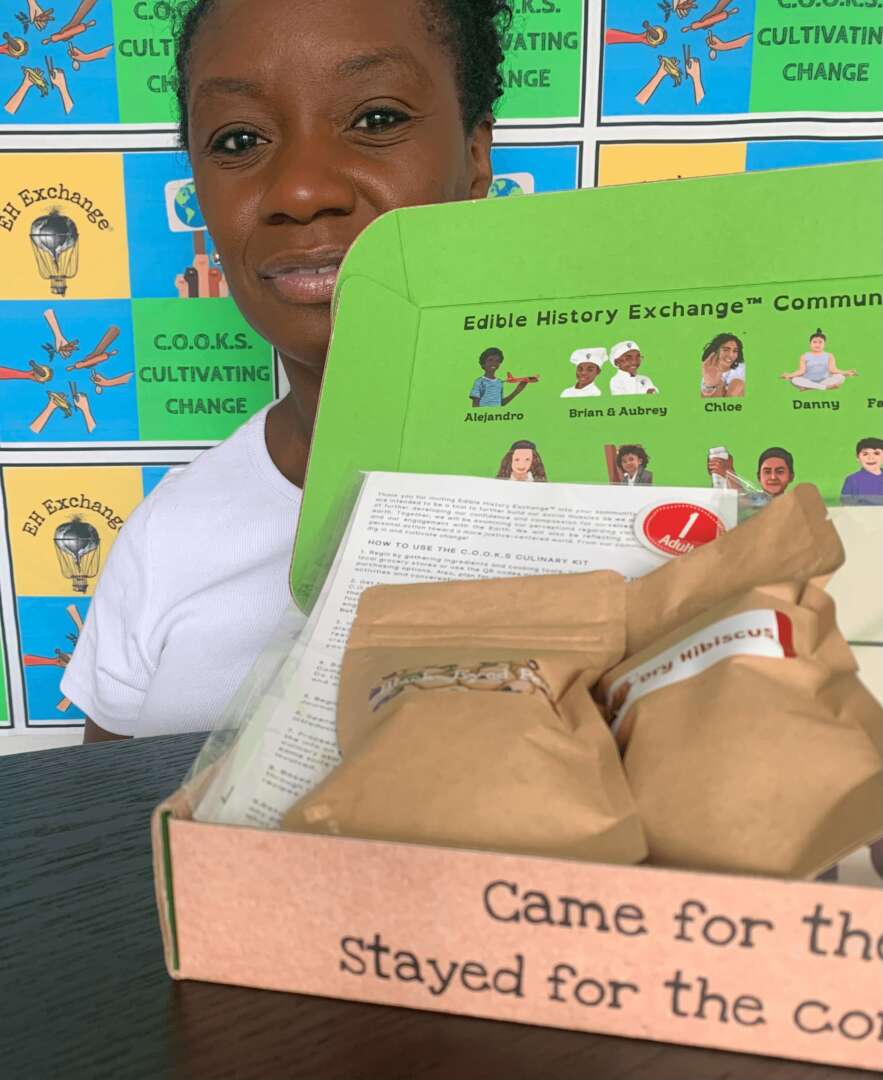Alright – so today we’ve got the honor of introducing you to Briana Nurse. We think you’ll enjoy our conversation, we’ve shared it below.
Hi Briana, thanks for joining us today. Let’s kick things off with your mission – what is it and what’s the story behind why it’s your mission?
From my experience, much of school structures are about students primarily cognitive development. That focus previously worked, but it is no longer working with our current population of children. More and more children are experiencing anxiety, low self-worth, high levels of stress, and depression. Sadly, for some children, this has been their norm for most of their lived experience. EH Exchange recognizes this and wants to be part of the healing process through our support and resources.


As always, we appreciate you sharing your insights and we’ve got a few more questions for you, but before we get to all of that can you take a minute to introduce yourself and give our readers some of your back background and context?
I am an educator who has taught in several different environments, including independent, urban, and suburban schools. One consistent trend I noticed, despite social and cultural differences, is that everyone wants to be heard, seen, understood, and feel cared for. These are our basic needs, and I used food as a teaching platform to acknowledge and celebrate our social and cultural differences and also to teach literacy, math, science, and social studies. However, I also recognized that our perceptions of ourselves and each other can get in the way of us fully experiencing these differences from a place of dignity and respect. I needed to do a bit deeper through a social-emotional and civic lens on the way in which we engaged with each other. Therefore, I pivoted and focused my attention on food being used as a platform for children and adults to learn, unlearn, or affirm beliefs about themselves, each other, and the Earth through the lived experience of well-developed characters that have been highlighted in food action kits.
I am most proud of this pivot, the characters of the food action kits. When introduced to customers, young and old, one question is whether the characters are real. The kits include a conversational journal, which highlights the main character who is being focused, their lived experience through their food identities, and a social-emotional internal struggle they are working on. This can be trying to fit in, experiencing a lack of self-worth, or experiencing xenophobia. 3 recipe cards continue to develop the stories of the main character’s social and cultural identities.
The company also provides coaching services on how to use the kits. They are appropriate for micro-schools, homeschools, afterschool, enrichment, and alternative programs—basically, social and learning spaces that are interested in hands-on cooking activities and small group conversations with children.
We also provide additional activities and games that are geared towards building community and social-emotional learning. We really believe in face-to-face and conversational learning as opposed to screen-time interaction. These activities include literacy games and family-school connection events.
Another product we have is encouragement greeting cards.d a positive message to children or adults, These cards sen letting them know they are seen, heard, and cared for.


We’d love to hear a story of resilience from your journey.
One of the key components of the food action kits is the conversational journals. I was very excited to kid a printing company whose price point was within the company’s budget. However, when I returned to the company to reorder additional journals, their prices increased by more than 50%. This happened to me two additional times with two different printing companies. Initially, I felt devastated and cornered. I thought finding a printing company within my budget would be impossible in the USA. Gladly, after searching, I found a company I could use for various printing materials.


Any advice for managing a team?
It takes time to create your mission and vision statement, and they should be your guiding light to your day-to-day operation. Any decisions you make, big or small, should be in service to your mission and vision.
Contact Info:
- Website: https://ehexchange.org
- Instagram: @ehexchange
- Linkedin: https://www.linkedin.com/in/briana-nurse-ehexchange/







Image Credits
NA


